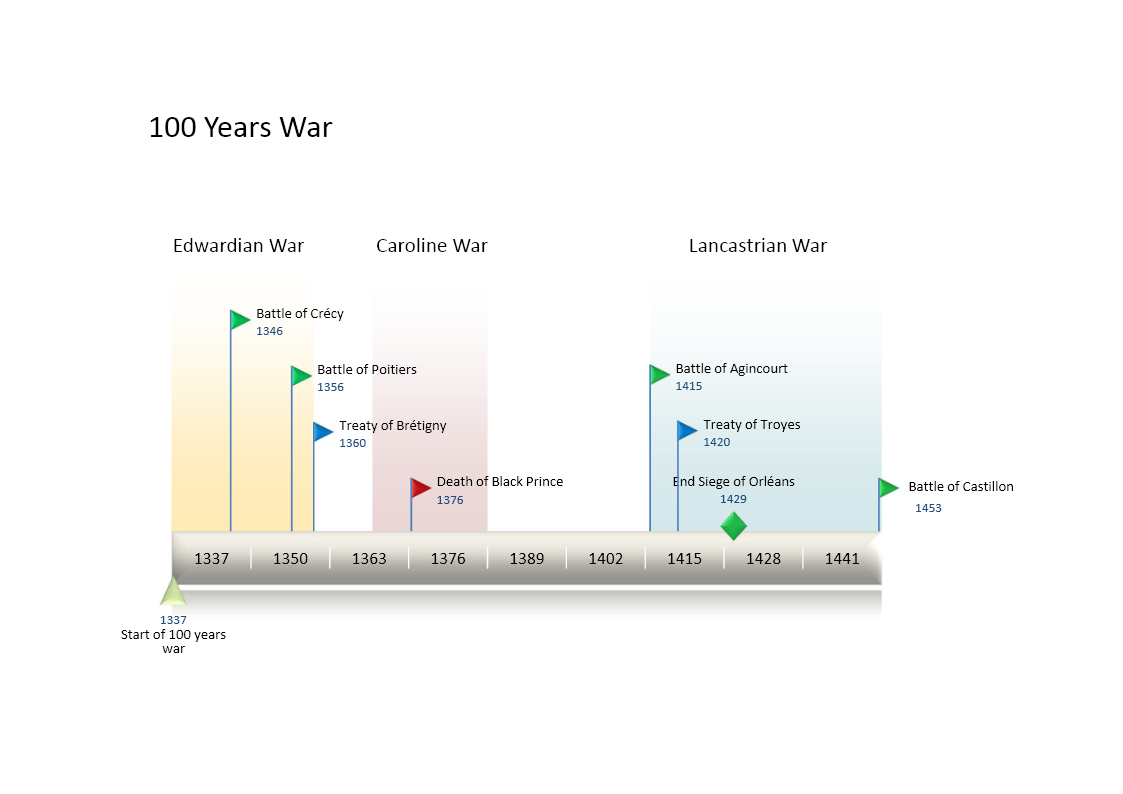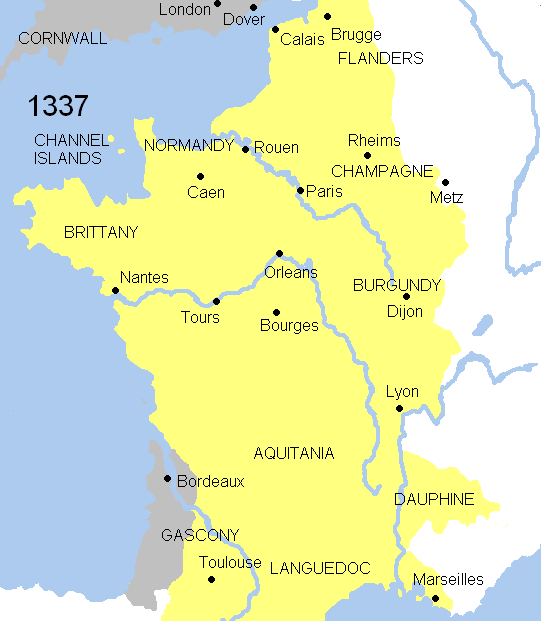This article needs additional citations for verification .(June 2021) |
This is a timeline of the Hundred Years' War between England and France from 1337 to 1453 as well as some of the events leading up to the war. (The Hundred Years' War actually spanned for 116 years.)

